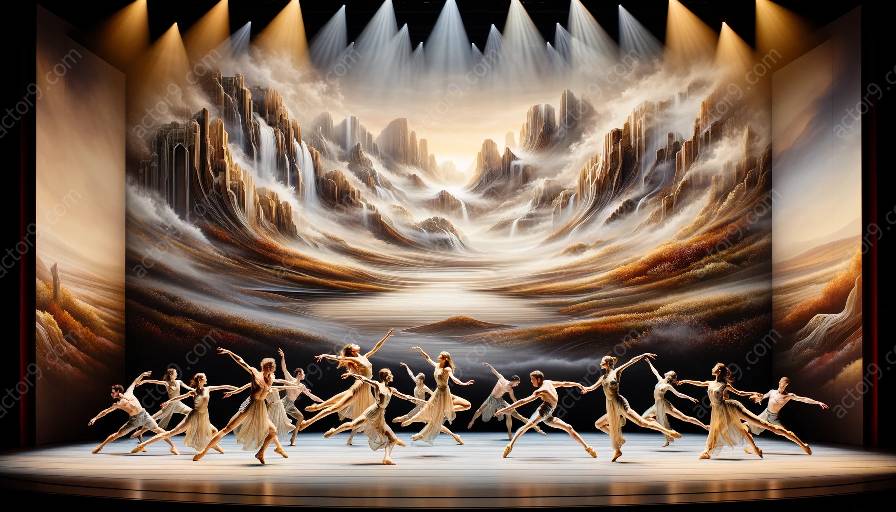Physical theatre choreography has been shaped by a myriad of cultural influences, each contributing to the unique and diverse nature of this art form. From ancient traditions to modern innovations, the fusion of different cultural elements has significantly impacted the way physical theatre is created, performed, and interpreted.
The Historical Roots of Physical Theatre
Physical theatre has its origins in ancient cultural practices and traditions. In ancient Greece, for example, physical movement and expression were integral parts of dramatic performances, and this influence can be seen in the emphasis on gestures and bodily expression in contemporary physical theatre choreography. Additionally, Asian performance traditions, such as mime and mask work in Japanese Noh theatre, have also played a significant role in shaping physical theatre choreography, inspiring movement techniques and gestures that convey emotions and narratives without relying on spoken language.
The Role of Religion and Ritual
Religious and ritualistic practices have had a profound impact on physical theatre choreography. Many cultural traditions incorporate physical movement as a form of worship, storytelling, or celebration. The use of ritualistic movement and dance in various cultures has contributed to the development of choreographic patterns and expressions in physical theatre, as well as influencing the thematic content and symbolism embedded in performances. For example, the storytelling dances of indigenous cultures and the religious movements found in traditional Indian dance forms have influenced the way physical theatre artists communicate narratives and emotions through movement.
Globalization and Contemporary Influences
In today's interconnected world, physical theatre choreography continues to evolve, drawing inspiration from a diverse range of cultural sources. With the globalization of artistic practices, physical theatre artists have been exposed to a wealth of cultural influences, leading to the incorporation of a wide array of movement vocabularies, storytelling techniques, and performance styles. This cross-pollination of cultural influences has enriched physical theatre choreography, resulting in an art form that reflects the diversity and interconnectedness of the modern world.
The Intersection of Cultures
Physical theatre choreography serves as a converging point for different cultural practices, allowing for the exchange and fusion of movement styles, narratives, and performance conventions. As artists from various cultural backgrounds collaborate and share their artistic expressions, physical theatre becomes a site for cultural dialogue and exchange, facilitating the cross-fertilization of ideas and techniques that further shape the choreographic landscape. This intersection of cultures not only enriches the art form but also fosters a deeper understanding of diverse cultural perspectives.
Conclusion
The cultural influences that have shaped physical theatre choreography are as diverse and multifaceted as the art form itself. From ancient traditions to contemporary global dynamics, the rich tapestry of cultural elements continues to inform and inspire physical theatre artists, leading to the creation of innovative and evocative choreographic works. By understanding the cultural roots and influences embedded in physical theatre, audiences can gain a deeper appreciation for the art form and its capacity to transcend linguistic and cultural barriers through the universal language of the body.




































